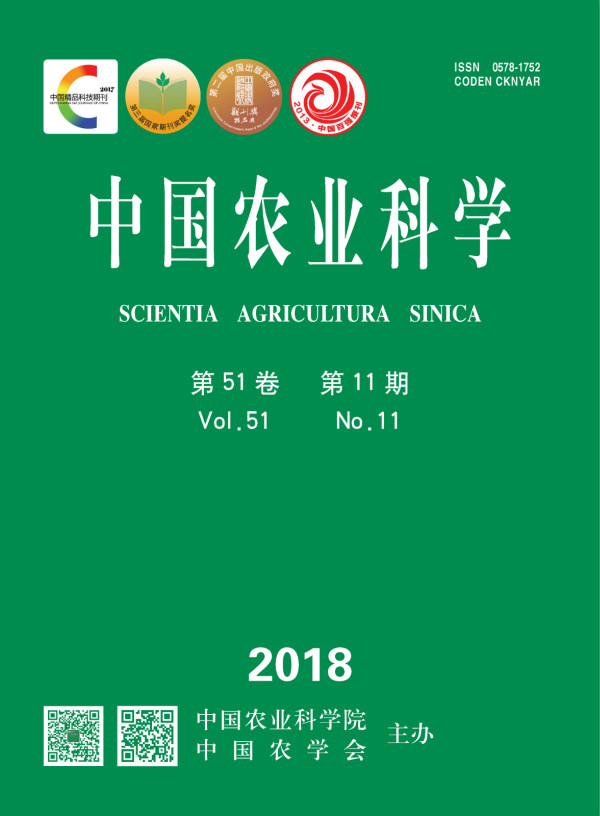【Objective】Soil salinity is often non-uniform in salt fields. Previous studies found that non-uniform salt stress could alleviate salt damage to plants compared to uniform salt treatment. The study on the response of alfalfa under non-uniform saltinity was an important supplement to plant physiology under uniform saltinity, so as to provide references for cultivation and management in salt fields.【Method】The root system of alfalfa was divided into two parts, including salt free treatment (0/0, NaCl concentrations were zero in both root systems), non-uniform salt stress with a NaCl concentration of zero in one side of the roots (0/S: 0/100, 0/150, 0/200, 0/250), non-uniform salt stress with a NaCl concentration of 50 in one side of the roots (50/S: 50/100, 50/150, 50/200, 50/250) and uniform salt stess (S/S: 50/50, 100/100, 150/150, 200/200, 250/250 ) treatments ( “/” on both sides represent different salt stress concentrations, indicated by NaCl concentration mmol·L-1). After treatments for 15 days, the plant growth rate, biomass, water uptake, sodium and potassium ion concentration and malondialdehyde content were measured, and the effects of non-uniform salt stress on the growth characteristics of alfalfa were studied.【Result】Salt stress inhibited the growth of alfalfa, and the plant growth rate, biomass, water uptake decreased, chlorophyll contents declined, proline contents increased, membrane lipid peroxidation aggravated, Na+ concentrations increased, K+ concentrations decreased, showed a lower K+/Na+ ratio. Compared with the uniform high salt S/S treatments, the plant growth rate and aboveground biomass of 0/S, 50/S treatments increased by 57.05%-369.34% and 15.47%-42.57%, respectively, and the Na+ concentrations decreased by 15.85%-55.93%, alleviating the toxic effect of Na+. And 70%-92% water uptake from non-uniform salt stress came from the no-saline or low-saline part, increased water uptake of the whole plant.【Conclusion】The non-uniform salt stress treatments with a higher K+/Na+ increased the chlorophyll contents of alfalfa and decreased the degree of membrane lipid peroxidation compared with the uniform salt stress treatments. The no-saline or low-saline part showed compensated water uptake and the compensatory growth of the roots, which promote the growth of plants, increase the shoot and root biomass. The more difference between the two sides of the roots, the effects on relieve salt damage were more obvious.









